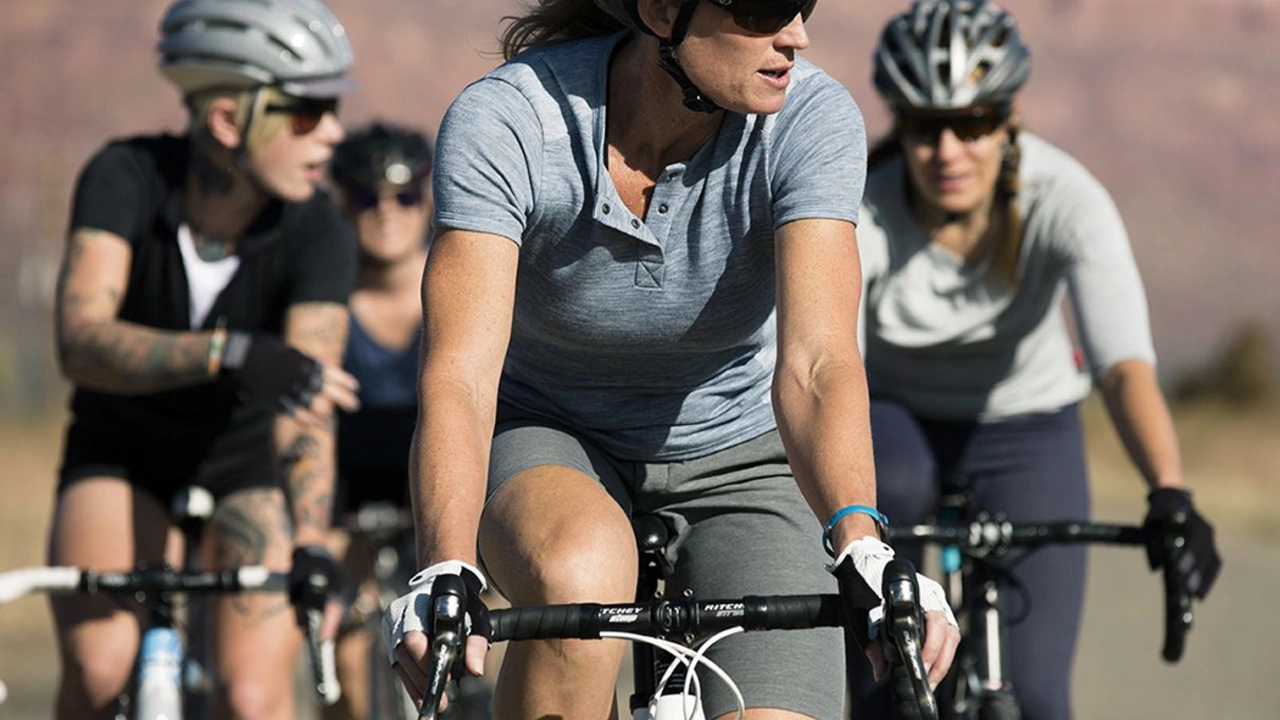Right Fit: Finding the Perfect Match for Cycling Performance
When talking about Right Fit, the process of matching a rider’s body, goals, and terrain with the ideal bike setup, training plan, and gear. Also known as optimal fit, it helps cyclists turn effort into speed without extra strain. The idea first shows up in bike fit, a detailed assessment of frame size, saddle position, and handlebar reach tailored to an individual rider. A good bike fit isn’t just about comfort – it directly influences power output, injury risk, and endurance on long climbs. Pair that with a training program, a structured schedule of workouts, recovery days, and goal‑specific drills designed for a cyclist’s current fitness level, and you have two core pieces of the puzzle. Without a program that reflects the rider’s strengths and weaknesses, even the best bike can feel wrong. Together, bike fit and training program form the backbone of a true right fit strategy, setting the stage for measurable gains.
Why Performance Analytics Matter
The next piece of the equation is performance analytics, the use of power meters, heart‑rate monitors, and data platforms to track how a rider responds to different setups and workouts. Analytics let cyclists see whether a new saddle height really adds watts or just shifts discomfort. They also reveal how a training program aligns with race day demands, such as the sprint bursts seen in the 2025 Singapore Grand Prix or the sustained climbs tackled in mountain‑bike events. In other words, right fit encompasses bike fit, training program, and performance analytics – each component informs the others. A rider may discover, for example, that a slightly higher saddle improves pedal efficiency, which then allows a higher‑intensity interval in the training plan, ultimately showing up as a faster downhill speed in professional races. The flow of information works both ways: data can prompt a refit, and a refit can change the data. This feedback loop is why elite athletes across sports – from Formula 1 drivers to WNBA players – obsess over finding the right fit for equipment and preparation.
Looking at the broader sports world, the right fit isn’t limited to cycling. George Russell’s pole‑position success in Singapore hinged on matching his car’s setup to the street‑circuit’s grip levels, just as a golfer’s club selection must suit the course conditions at the Presidents Cup. Even team sports like football rely on the perfect player‑position fit; the Ravens‑Bills clash showed how a quarterback’s skill set aligned with a play‑calling system. Those examples echo the same principle that drives our tag collection: matching the individual to the ideal tools and strategies. In the posts below you’ll find deep dives into how cyclists tackle doping pressures, why mountain biking feels harder than road riding, and what happens when a rider’s kit tears mid‑race. Each story illustrates a different facet of the right fit, whether it’s ethical choices, terrain adaptation, or on‑the‑fly problem solving. Grab the insights, compare them to your own experience, and get ready to apply a truly personalized approach to your next ride.
